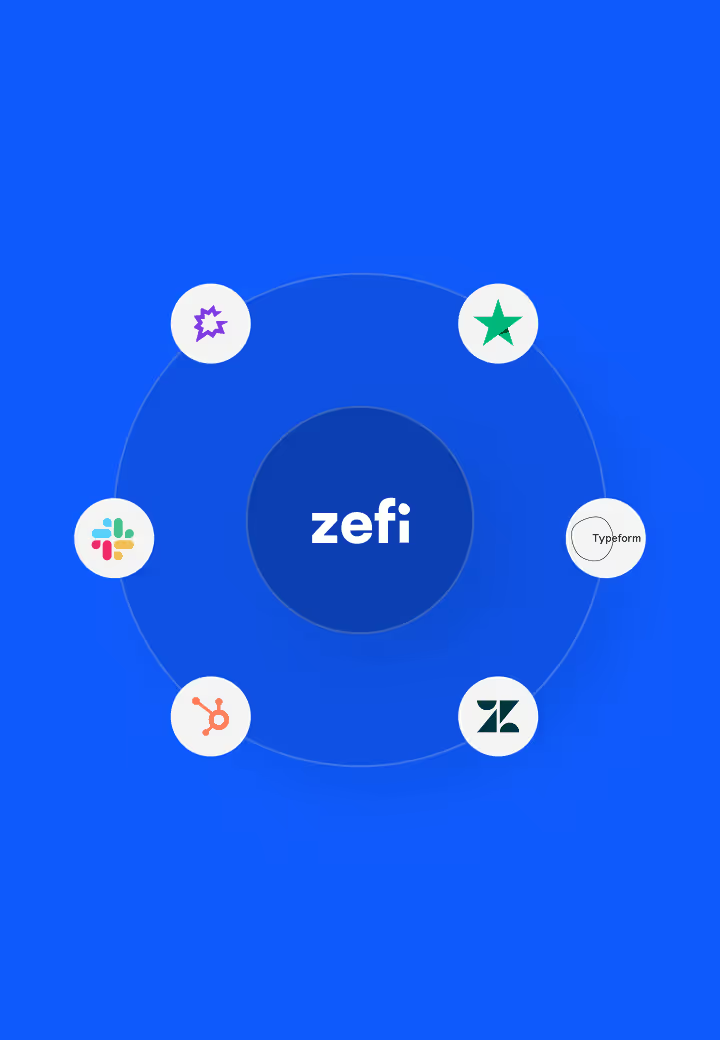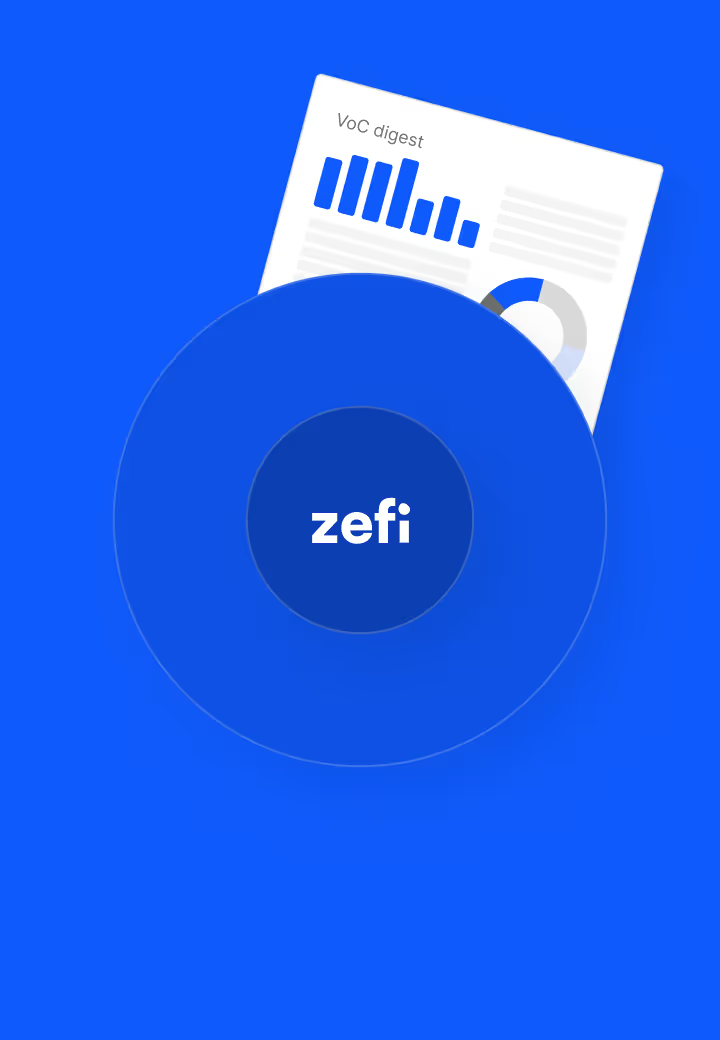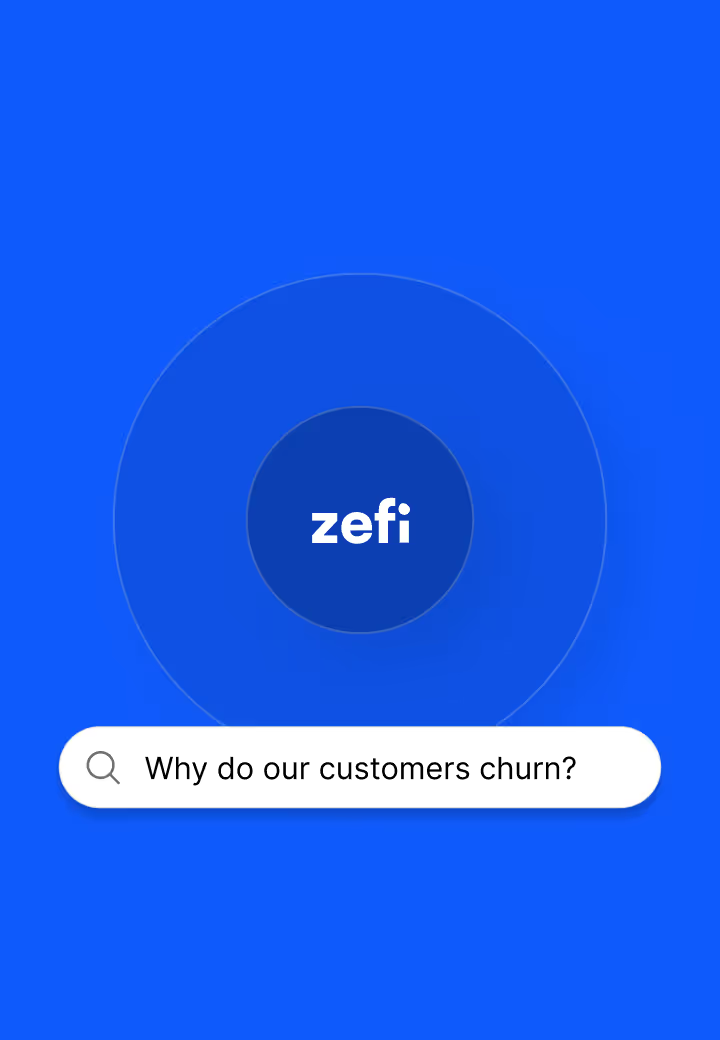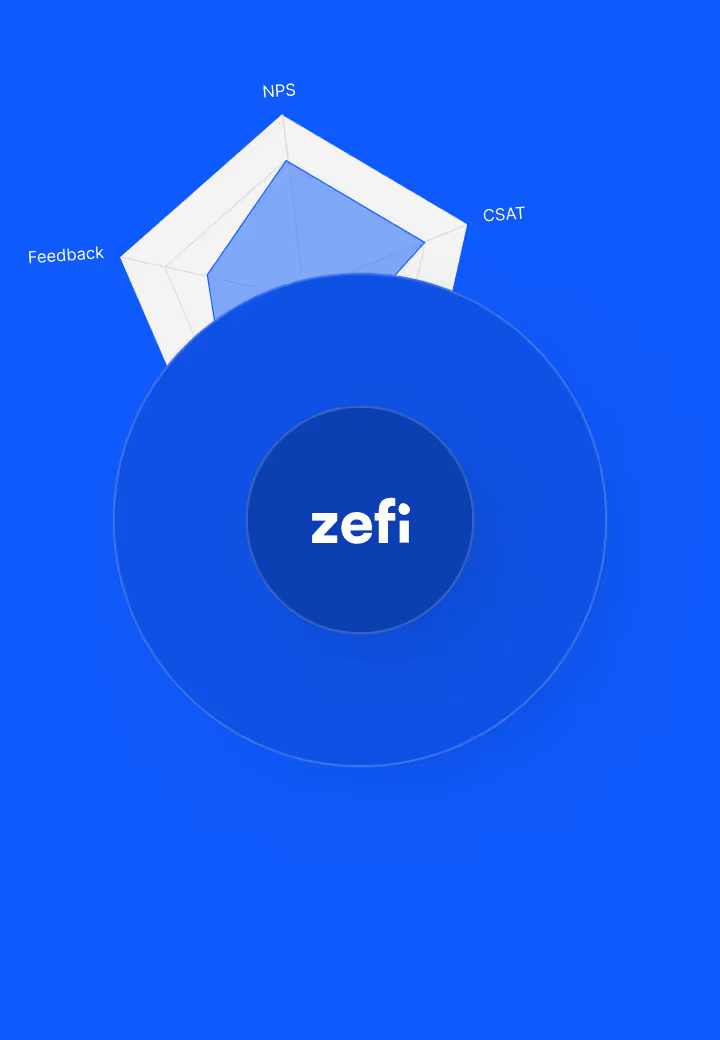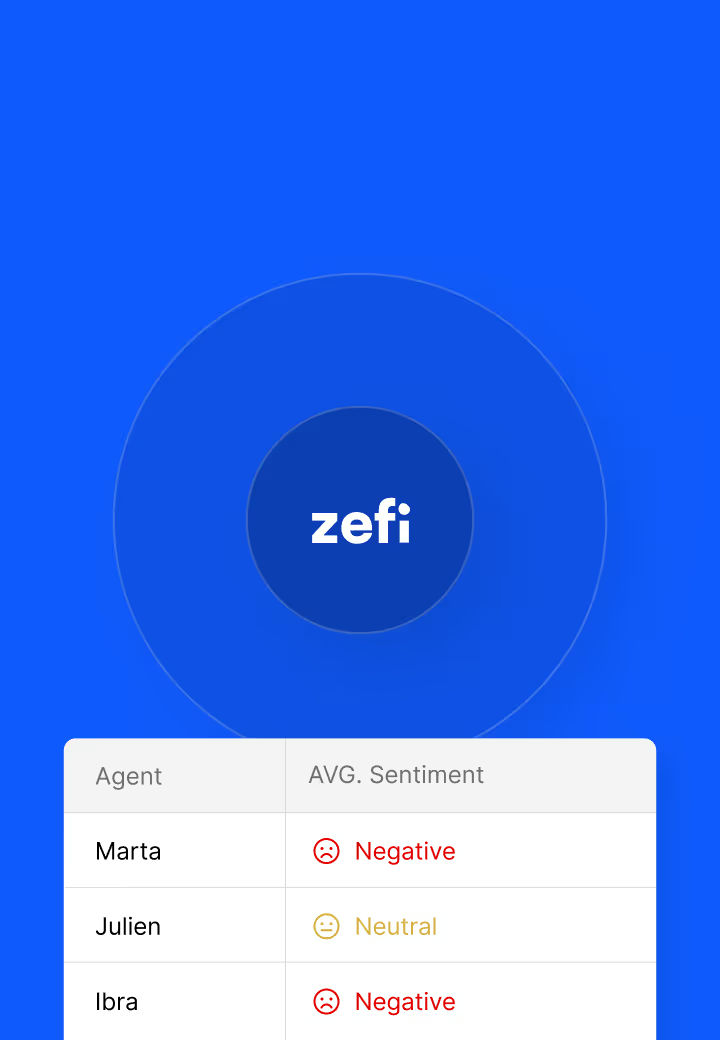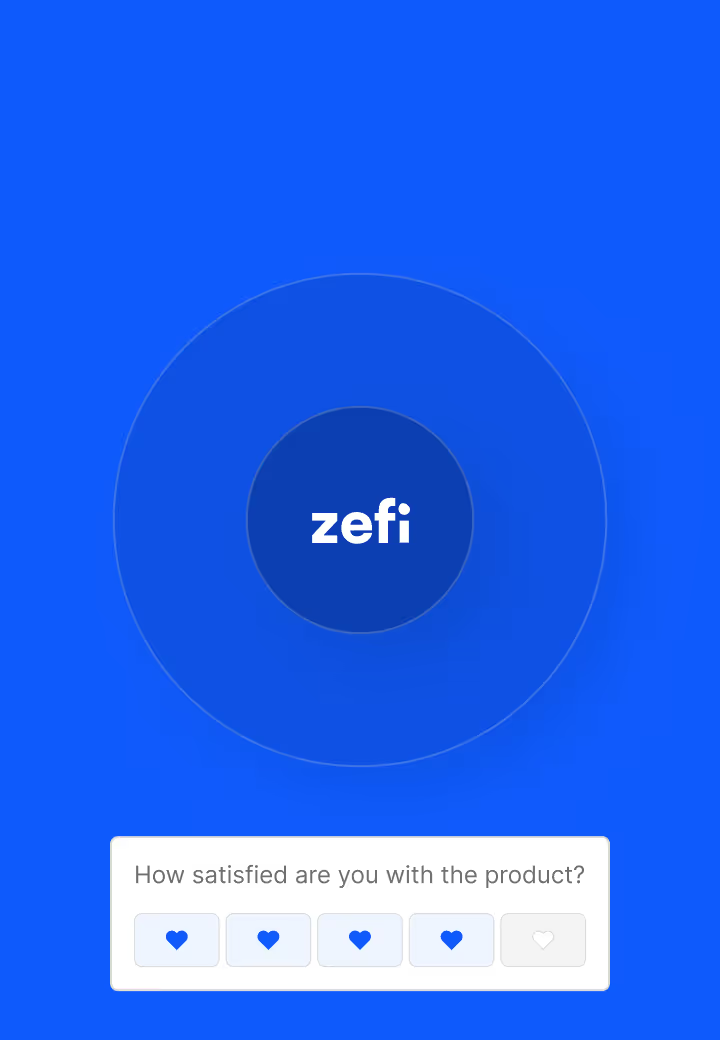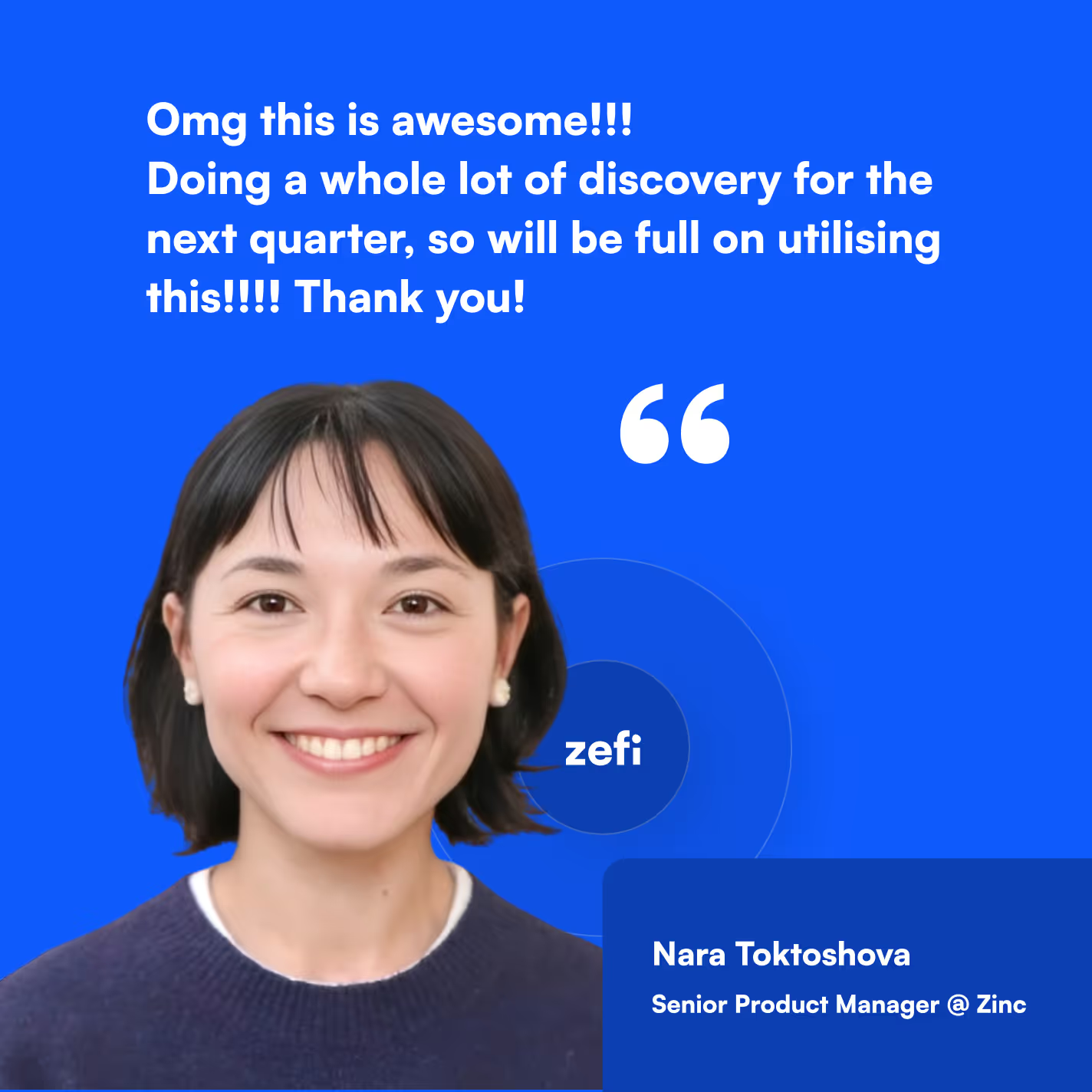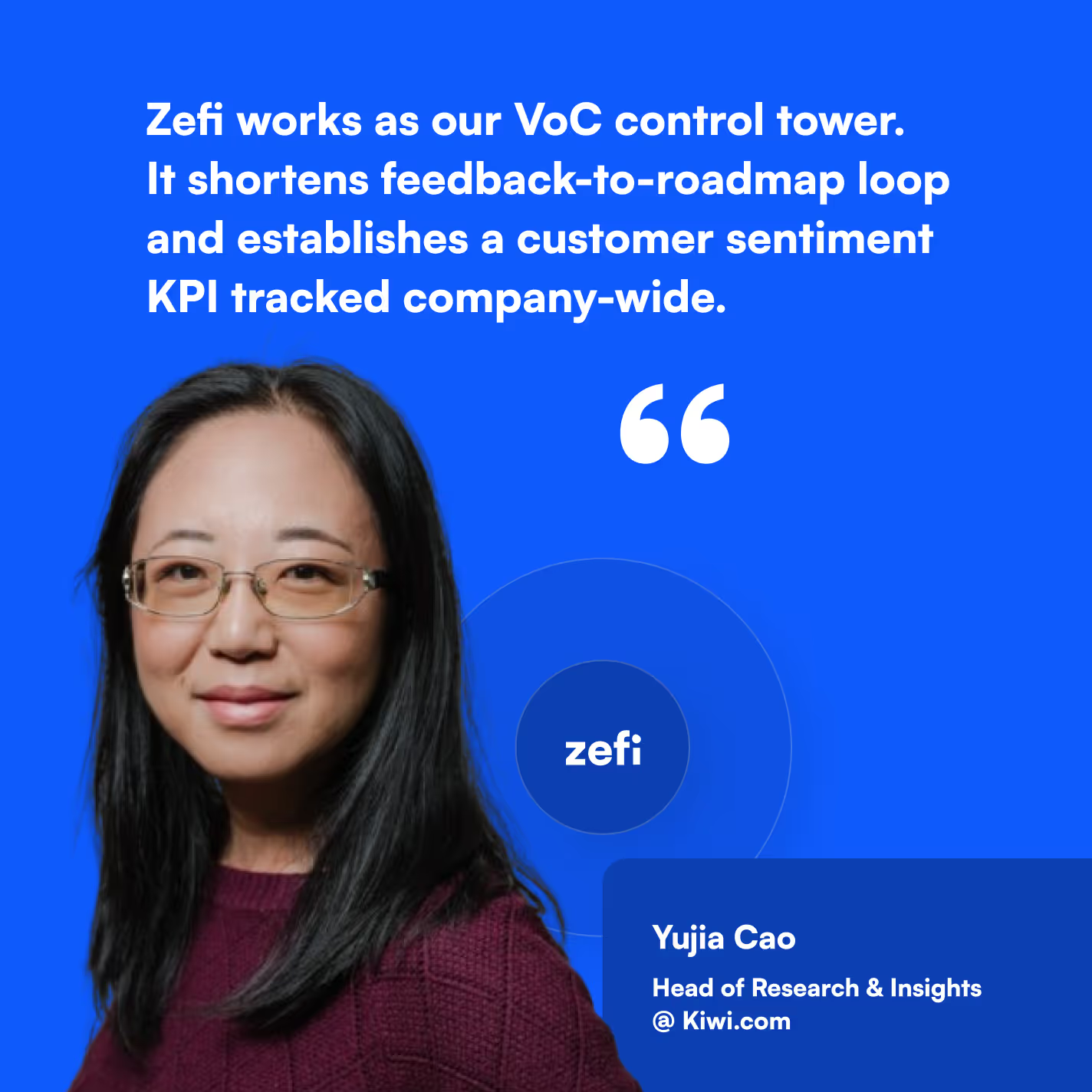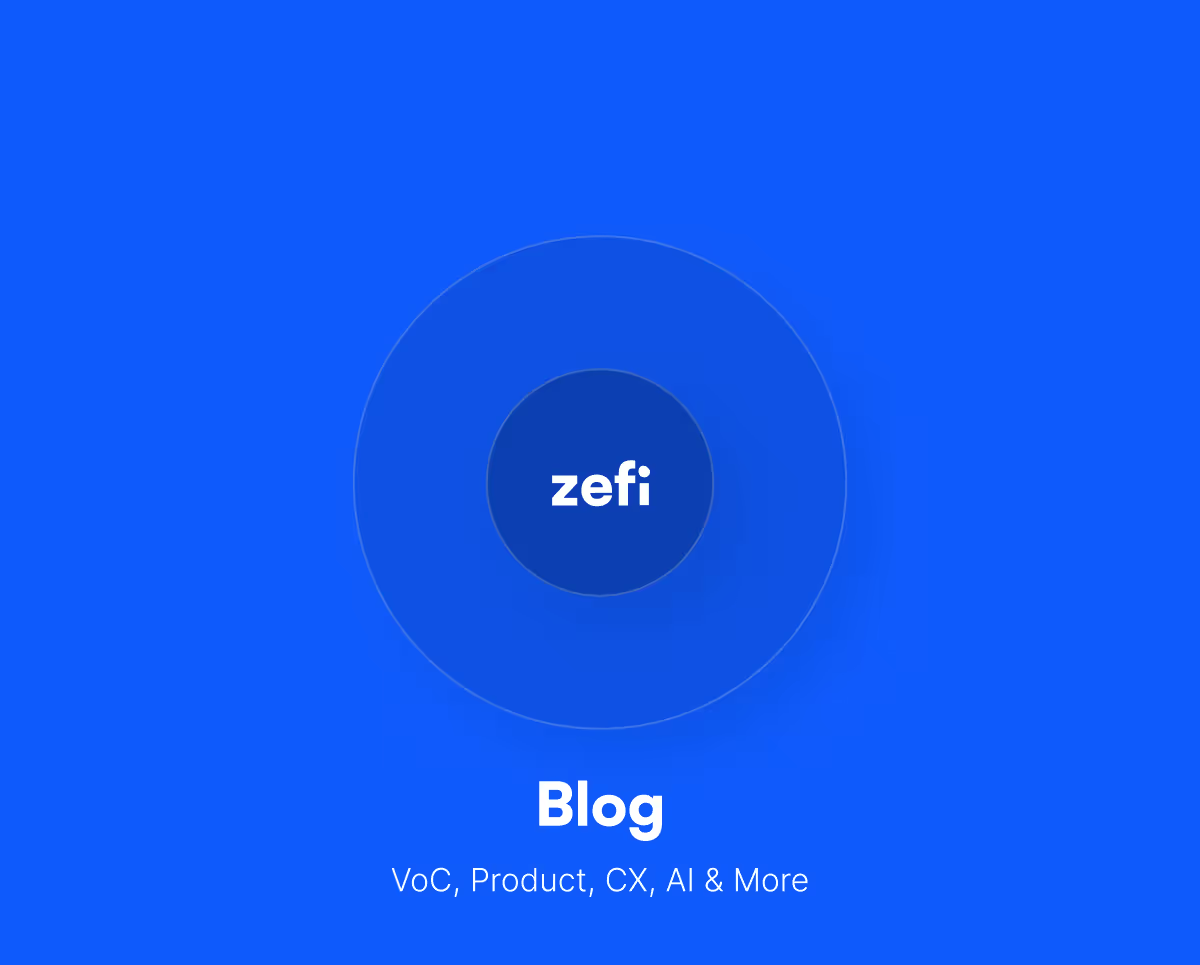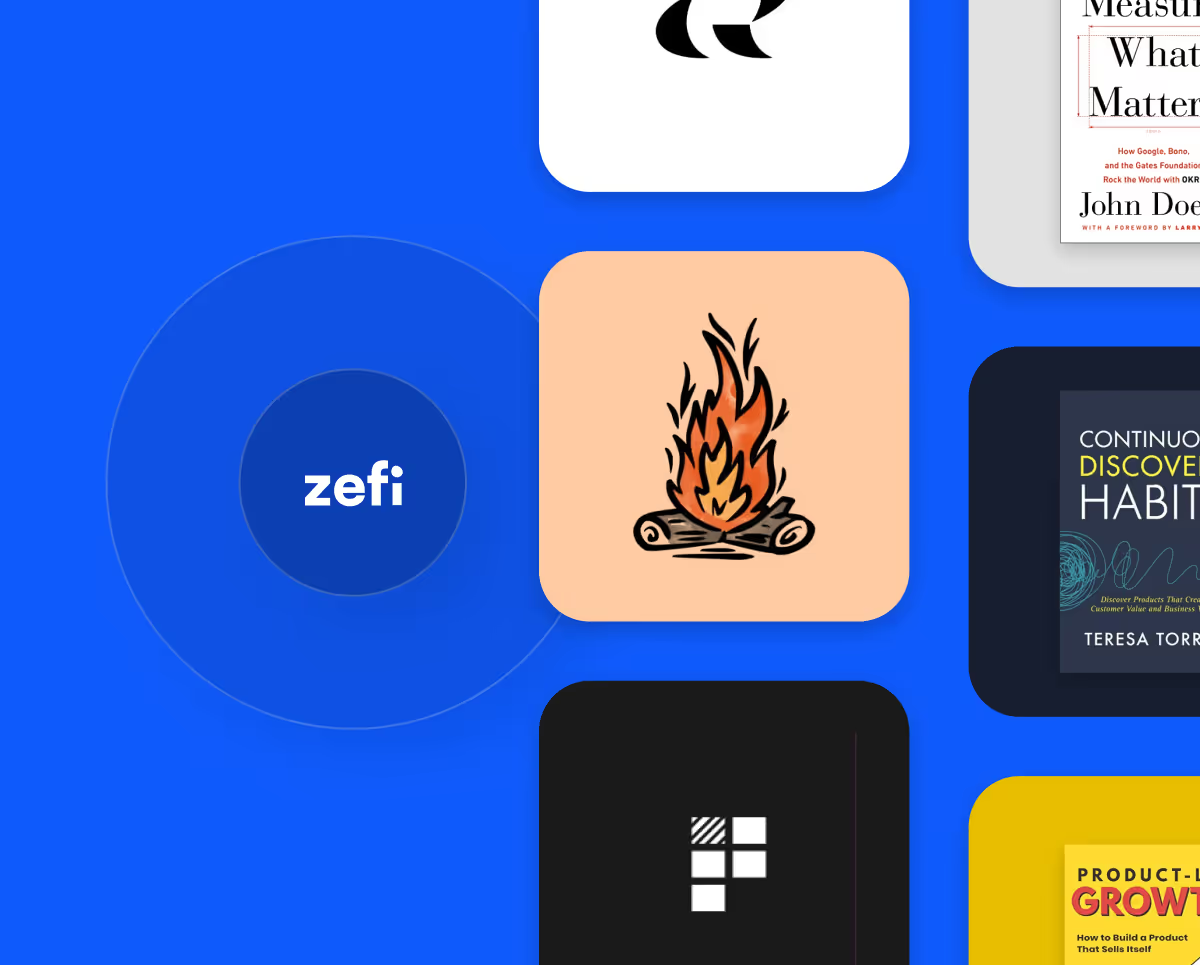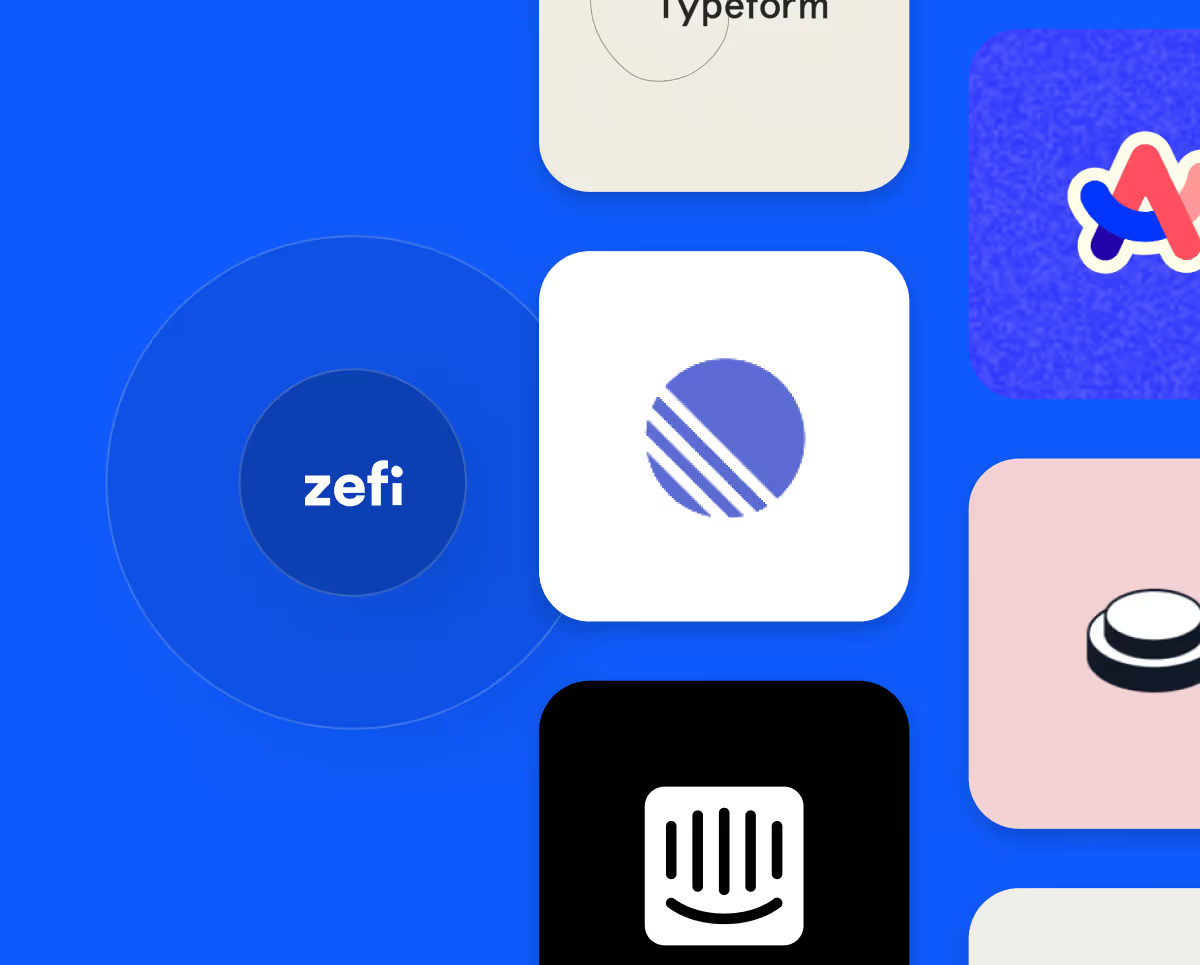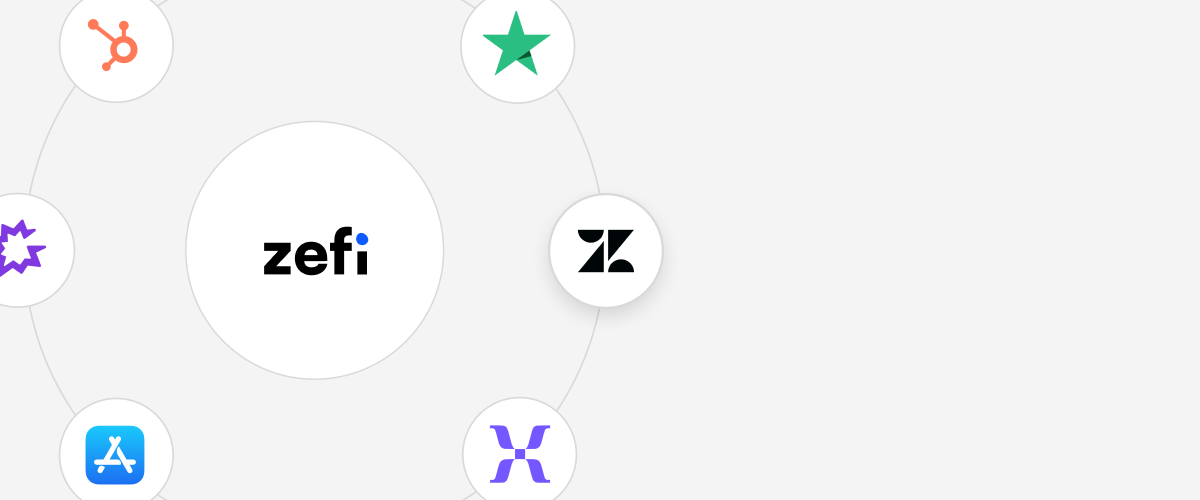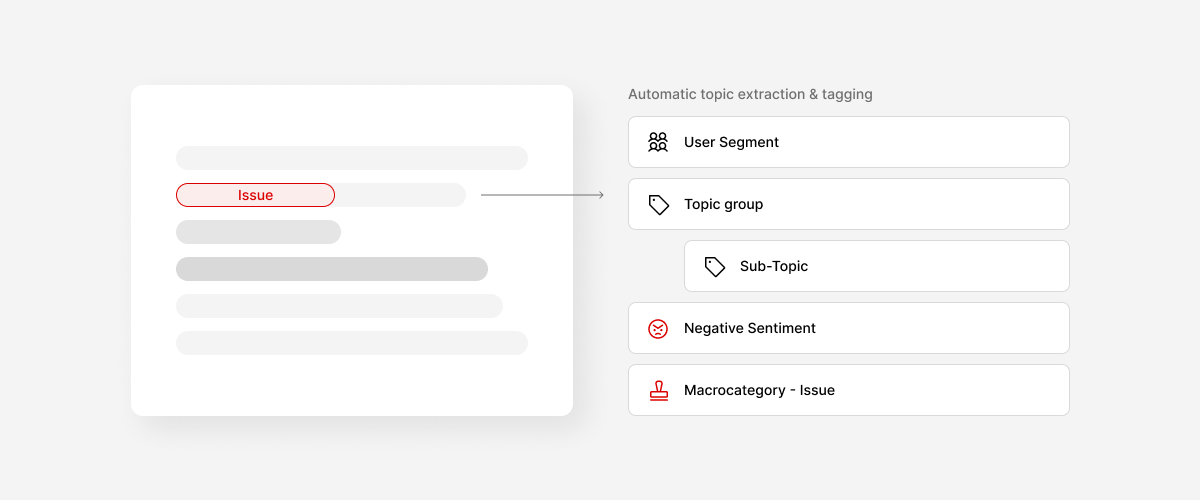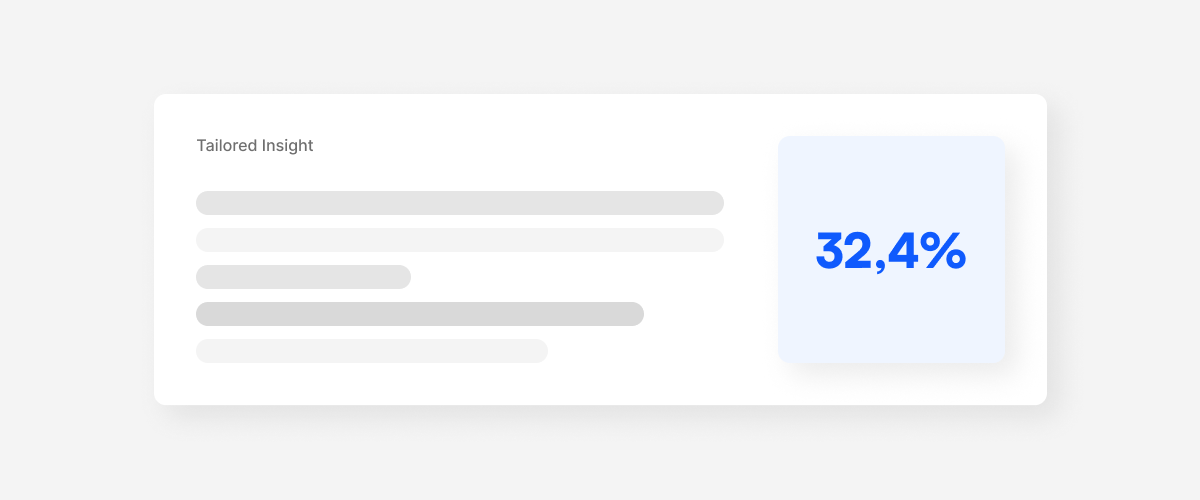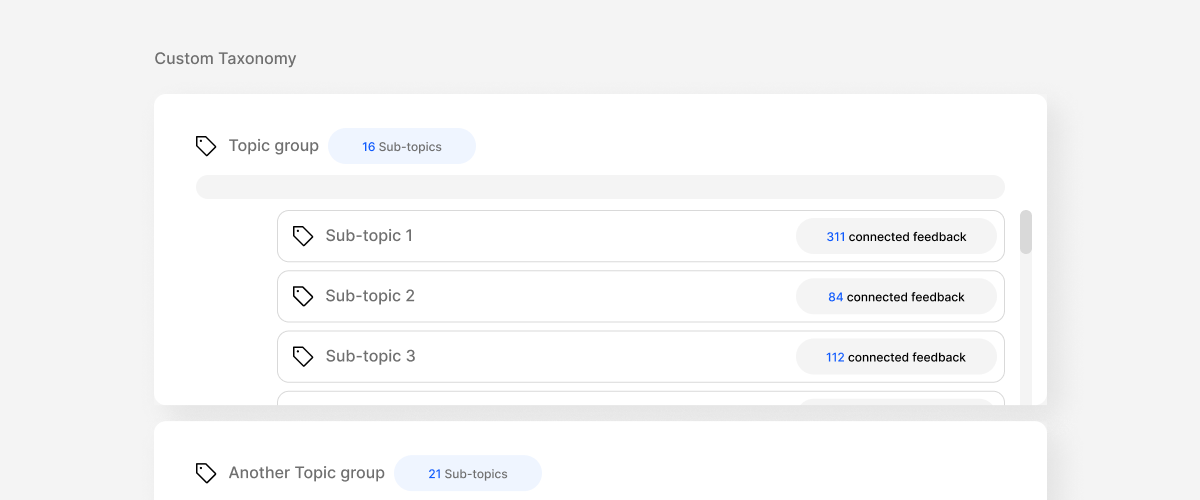If you’re in charge of product experience and development there’s a high chance these themes resonate with you:
- You’re struggling to keep those growth and retention rates up quarter after quarter.
- You have little to no idea what customers want from your product.
- Your stakeholders are not on board with solid data-driven decision making and often the loudest person in the room wins.
What you’re looking for is a simpler way to convince your teams to move towards a specific direction that will increase retention and lead to profitable growth.
What’s the right way to go?
PLG is not all
We’ve talked a lot about product-led-growth (PLG): a way to use your product as the principal means to drive customer acquisition. Simply make users experience the value through free-trial or freemium and convert them into paying customers.
That’s not all of the story though.
PLG it’s fine when you pair it up with cutting-edge technology, a product-driven culture and with small agile companies. Your beloved growth loops tend to slow down as the company grows, more customers come in and weigh on customer support.
The problem with declining product companies
Incumbent corporations in B2B digital markets are losing and will lose across the board against innovative and disruptive services and products, over time. Their huge customer base churns at high rates as people move to a better product or service.
Let’s take a look at the Project Management tools market. Some wonderful companies are currently giants in this market and are eating up classic enterprise beasts. Atlassian completely revolutionized the tech and product market transforming agile practices into a real-time collaborative product suite that is used by hundreds of customers.
But the innovative products they were offering 10 years ago don't look so good now, do they?

Jira is clunky, Confluence looks old and the whole platform suffers from actually releasing groundbreaking features that would attract new customers or retain the current ones. But still, their market share rose substantially in the past years and they’re growing into the Enterprise and Cloud market as they add complex enterprise-oriented features.
That’s why quicker-moving competitors such as Clickup or Linear are eating their fair market share through faster products and product-led acquisition strategies.
They invest tons of resources on product development letting the product do the heavy lifting when it comes to making money.

There’s an issue with this strategy.
Companies that fail to achieve sustainable growth in the long term are the ones that put too much focus on short-term acquisition measures, and insufficient investment in customer engagement and retention, falling into the so-called “acquisition trap.”
Enter Experience-Led Growth
Becoming profitable in the long-term by throwing money in growth funnels it’s not an option anymore - but also product-driven strategies lose power over time when new competitors using cutting-edge technology surface.
For these companies, the solutions might be found in Experience-Led Growth (or XLG). The name of the game here is Customer Experience.
People are creatures of habit. They tend to go back to TV series they have enjoyed; they order the same food they love; they buy and wear the same clothes they find comfortable.

To unlock profitable growth, companies must take the long road that goes through increasing customer satisfaction.
A McKinsey report from last year shows that “[companies] … that increase customer satisfaction by at least 20 %—can deliver a range of significant financial benefits. In particular, they can increase cross-sell rates by 15 to 25 %, boost companies’ share of wallet by 5 to 10 %, increase cross-sell rates, and improve customer engagement by 20 to 30 %.”

Strong retention and loyalty strategies bring product expansion and lower customer support costs. Satisfied customers stay with you, buy more of your products and tell their friends about you which in turn brings in more customers!
Implementing this culture in your corporate structure is easier said than done.
So, how do you implement these strategies?
And what’s the real difference from PLG?
PLG vs. XLG
While both XLG and PLG value customer retention, more often than not companies that prioritize PLG tactics tend to focus product development primarily on features that drive acquisition and monetization
They both focus on eliminating any kind of friction extracting value from the product.
But PLG focuses on creating features and journeys that convince customers to convert or bring on board other people. XLG tactics instead focus on creating the best possible experience for existing customers. This won’t bring immediate revenue or improve your acquisition but will build a circle of trust and loyalty between you and your customers. The key here is that while in PLG the product does ALL the heavy lifting, experience-led companies try to make each step of the customer journey unforgettable.
This doesn’t go only through the product itself: customers have to feel listened to.
Go back to these customers when you’ve implemented what they asked for. Contact them personally when you see that they’re using the platform less or opening tickets for the same issues. Address high-value issues they’re facing and invest money into collecting data.
This means that priority must be given to increasing the UX of your existing features more than creating strategies for monetizing or acquiring customers. In XLG, these two parts of the growth loop will come automatically once you focus on amping up the retention - and they don’t even have to necessarily go through the product itself!
This being said, the two go often together. Let’s take a look at the few differences down below.

I think you’re now ready to start implementing CX strategies.
Become a CX Leader
A clear understanding of what makes customers feel good has to be directly linked to a clear financial goal. Let’s say your goal is to increase retention by 6 points.
Where would you start gathering information?
Let’s face it, you’re probably operating on gut feel. There are limited or no XLG capabilities in place. Some customer experience data is used, but decisions are based on gut feel and insight-driven decisions are not possible.
The issue is that multiple voices and feedback are being mixed up and lost into an ocean of information scattered across tools while support teams try to keep existing customers, marketing and sales push new customers in and the development team is under pressure to keep the product working.
There isn’t much time to dedicate to product discovery and before you even start you must:
- have a reliable way to collect data from surveys, customer support tools, Slack, and user interviews;
- clean and categorize all of this information to make relevant themes bubble to the surface;
- extract actionable insights that will lead your product decisions;
- create a compelling narrative to present it to your internal stakeholders and bring them all on the same page.
By the end of this painful process, the initial data you’ve collected are already old and you have to start again.
And that’s exactly why you need to find a way to streamline the process of collecting, extracting and making sense of customer feedback. Unified data across customer journeys will give you a complete view of customer and business metrics to understand where to act.
New AI technologies, along with a smart and seamless way to unify information will bring you far on your quest to render customer journeys frictionless. Converting feedback into value for your company and your customers will take minutes, not days.
If you want to see how Zefi would help you with that, book a demo!


